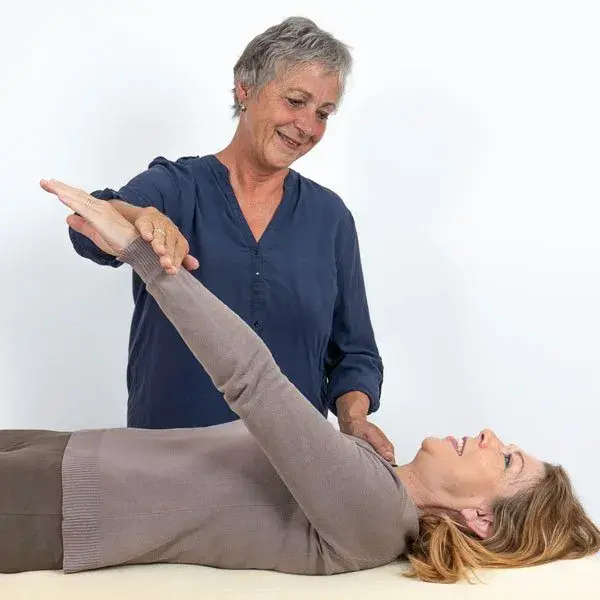Tuning In: How Muscle Testing Can Support Personalized Natural Health
- Brenda Elving
- Jun 13
- 3 min read
Have you ever had a gut feeling that something was “off” in your body, even when your labs came back normal?
Many women, especially in midlife, are deeply intuitive about their health. Yet conventional medicine often dismisses this inner knowing. That’s one reason I’ve embraced Muscle Response Testing (MRT) as part of my holistic practice.

Also called Applied Kinesiology, this gentle, non-invasive technique taps into the body’s internal feedback system to provide real-time insights. It helps us understand what’s supporting your health and what’s silently working against it.
What Is Muscle Response Testing?
Muscle Response Testing (MRT) is a form of biofeedback that connects the nervous system with muscle function to uncover hidden stressors, sensitivities, and imbalances. Developed by chiropractor Dr. George Goodheart in the 1960s, this method is based on the idea that the body is a dynamic, interrelated system. Structural, chemical, and emotional factors all affect how it functions.
Think of it like a conversation with your nervous system. Using light pressure on a specific muscle (usually in the arm), we assess your body’s response to a question, a substance, or a stimulus. Touching the area around a particular organ at the same time helps direct the body’s focus, allowing us to detect whether that system is testing strong or showing weakness. If the arm weakens, that’s a signal that something is out of balance. If it holds strong, we may have found a match for support.
Why It Works
Traditional labs often measure what’s already gone wrong. Muscle Response Testing can detect subtle changes before they show up on a test, giving us a powerful early-warning system.
Let’s say you feel bloated every time you eat pizza. Is the issue with gluten, dairy, tomato sauce, or something else? With MRT, I can test specific organ systems like the stomach or gallbladder and see how they respond. Then I introduce potential remedies or supplements and observe your body's reaction.
If your arm suddenly strengthens in the presence of a digestive enzyme, that’s a clue your body may benefit from it. If it weakens when exposed to a particular food, we’ve likely found a current stressor.
This method helps pinpoint what your body needs right now, not what worked last year or for someone else.
"This Looks Weird. Does It Really Work?"
It does look strange, especially the first time. My own brother jokingly calls it a “pharmaceutical séance.” I understand the skepticism, because I was once there too. But when I was too sick to question it, MRT was the key to my recovery.
This isn’t about brute strength. It’s about energetic communication. This is what your body is saying beneath the surface. MRT allows me to listen.
Yes, I Can Do This Virtually
Many are surprised to learn that Muscle Response Testing works remotely through something called surrogate testing. Using prayerful discernment and trained sensitivity, I can use my own nervous system as a stand-in for yours while you talk to me.
It's one of the ways my virtual wellness practice remains personal, grounded, and deeply connected, no matter where you live.
Why Muscle Testing Matters for Midlife Women
If you’re a woman in your 40s, 50s, or 60s navigating hormone shifts, autoimmune flares, food sensitivities, and a fast-paced life, you know that generic advice isn’t enough. MRT allows for personalized, functional wellness guidance tailored to your body’s current needs.
You’re not a lab number. You’re not a diagnosis. You’re a whole person with a story that matters.
Your body is speaking, and I’d love to help you hear what it’s saying.
Let’s find out what your body needs next. If you’re curious whether Muscle Response Testing is right for you, let’s talk. Book a virtual session or send me a message to explore what’s possible.






Comments